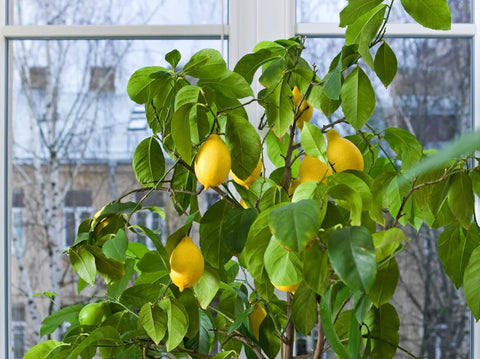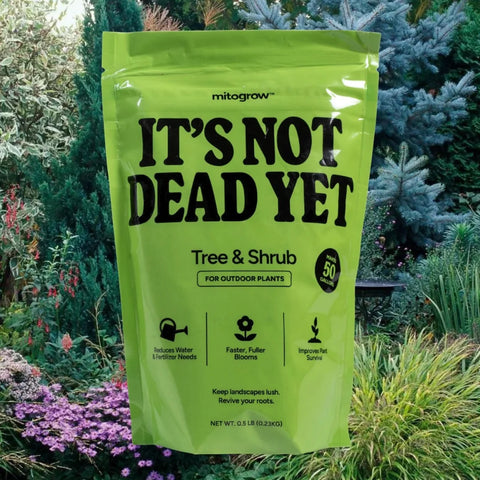Citrus trees—like lemon, lime, orange, and kumquat—can thrive in pots or planted in the ground, but they need special care when temperatures drop. Whether you’re growing citrus in Zone 8 or warmer or in a cooler zone with container trees, this guide will walk you through how to protect your trees and keep them thriving all year long.
→ Shop Citrus Trees at Simply Tree
Understanding Cold Hardiness Zones for Citrus
Different citrus varieties have different cold tolerance levels. Here’s a general guide:
-
Most citrus trees (Meyer Lemon, Key Lime, Persian Lime, etc.): Hardy to Zone 9–11
-
Cold-hardy citrus (Arctic Frost, Orange Frost, Owari Satsuma, Kumquat): Hardy to Zone 8 (possibly 7b with protection)
For in-ground planting, only plant citrus trees outdoors year-round if you live in Zone 8 or warmer. In colder zones, citrus should be grown in containers and brought indoors before the first frost.
Not sure what zone you’re in? Check the USDA Hardiness Zone Map.
When Does Frost Occur?
Frost begins forming at 32°F (0°C), but damage can occur even slightly above freezing. Most citrus trees will suffer leaf, fruit, or even limb damage if exposed to 28°F or below for extended periods.
If you’re expecting a cold snap or sudden drop in temps, follow the tips below to keep your trees safe.
How to Protect In-Ground Citrus Trees
If your tree is planted in the ground and temperatures are expected to dip:
-
Water deeply the day before a freeze
-
Moist soil retains more heat than dry soil
-
-
Mulch around the base
-
Add 3–4 inches of mulch (straw, bark, leaves) around the root zone—keep it away from the trunk
-
-
Cover with frost cloth, burlap, or sheets
-
Use a frame or stakes to prevent contact with foliage
-
Anchor fabric to the ground to trap radiant heat
-
Remove covers during the day to let in sun and airflow
-
-
Use Christmas lights (non-LED)
-
Older-style string lights can gently warm the canopy
-
-
Protect the trunk with insulation wrap or foam pipe insulation
-
Especially important for young or thin-barked trees
-
How to Overwinter Container Citrus Trees
If your citrus tree is growing in a pot, bring it indoors once nighttime temps drop to 40°F or below consistently.
Step-by-step:
-
Transition slowly
-
Start by moving your tree to a covered porch or garage for a few days before bringing it fully inside
-
-
Choose a bright spot
-
South-facing windows are best
-
If sunlight is limited, use a grow light for 8–10 hours a day
-
-
Keep it cool
-
Ideal indoor temp: 55–65°F
-
Avoid placing near heat vents or fireplaces
-
-
Water sparingly
-
Let the top 2 inches of soil dry out before watering
-
Overwatering is the most common indoor issue in winter
-
-
Don’t fertilize during winter dormancy
-
Resume fertilizing in early spring, just before new growth emerges
-
Pest Watch Indoors
Citrus trees brought indoors may attract pests like scale, spider mites, and aphids.
-
Check leaves regularly (especially undersides)
-
Treat early with neem oil, insecticidal soap, or sticky traps
-
Maintain airflow around the tree to discourage pest buildup
Spring Transition & Reintroduction
When outdoor temps are consistently above 50°F (usually after the last frost in March–April, depending on your zone), begin transitioning your citrus tree back outside:
-
Move to a shady, sheltered spot for a few days
-
Gradually reintroduce to full sun over 7–10 days
-
Resume regular watering and fertilizing once new growth appears
Bonus Tip: Citrus Are Survivors!
Even if your citrus drops some leaves or looks a little sad over winter, don’t panic. It’s common for indoor citrus trees to go semi-dormant. As long as the trunk and branches remain green and pliable, they’ll bounce back in spring.





